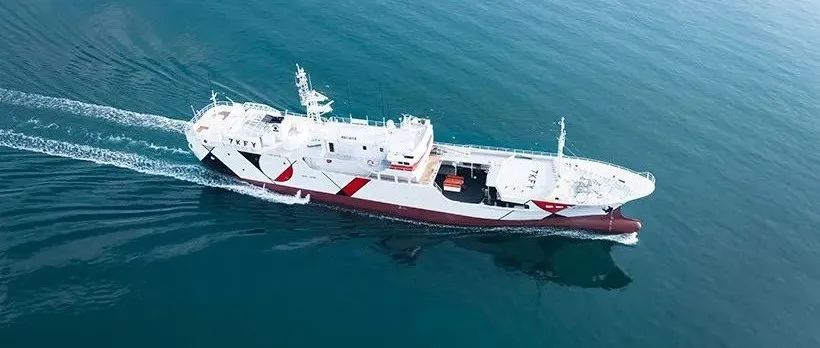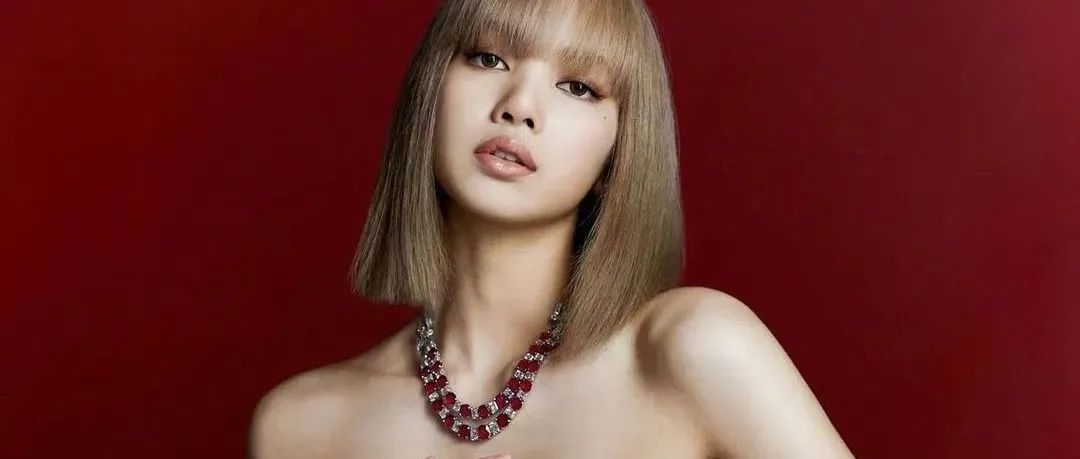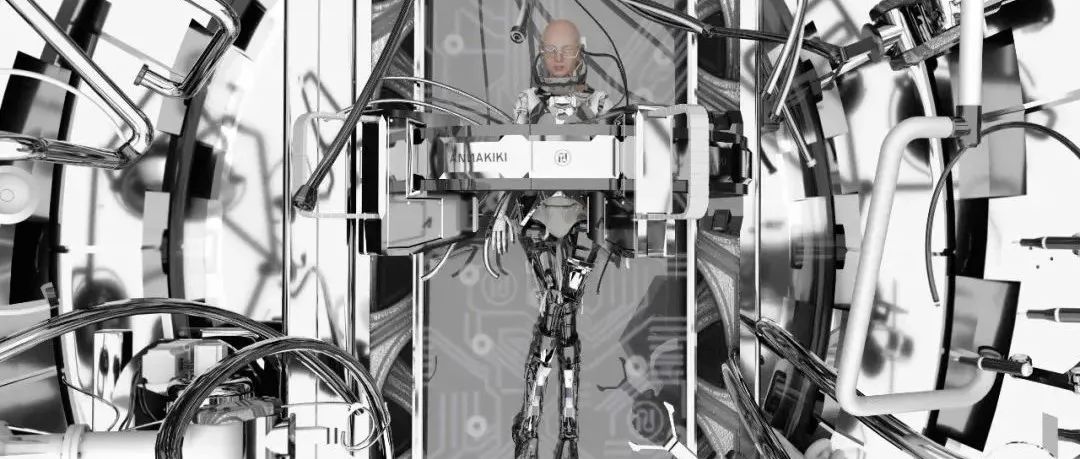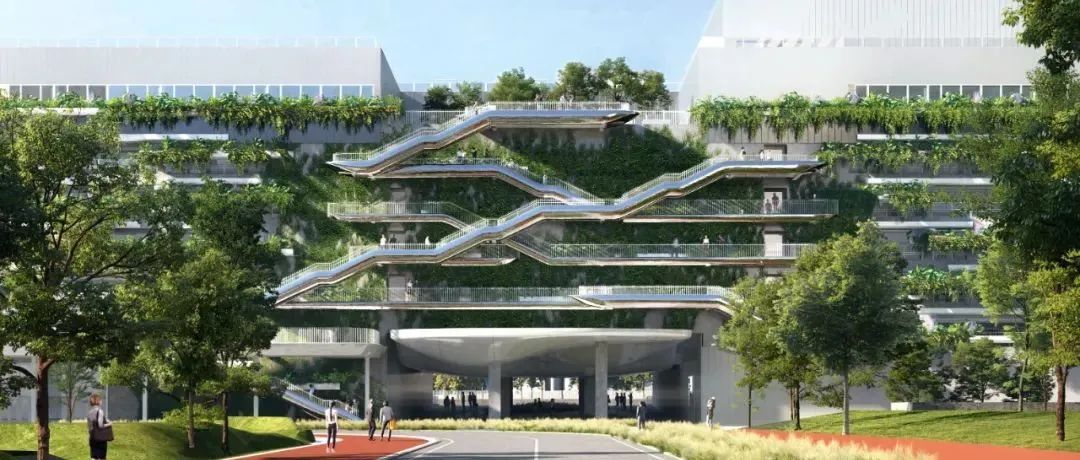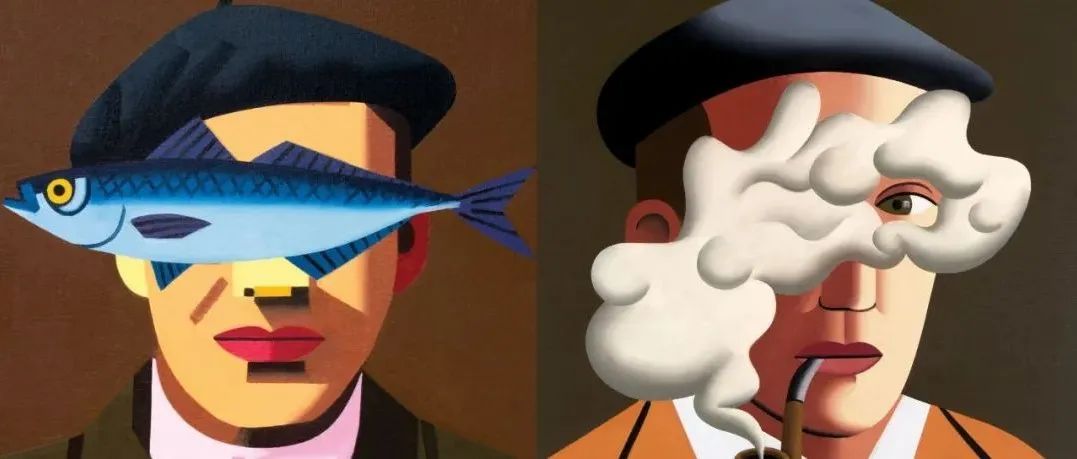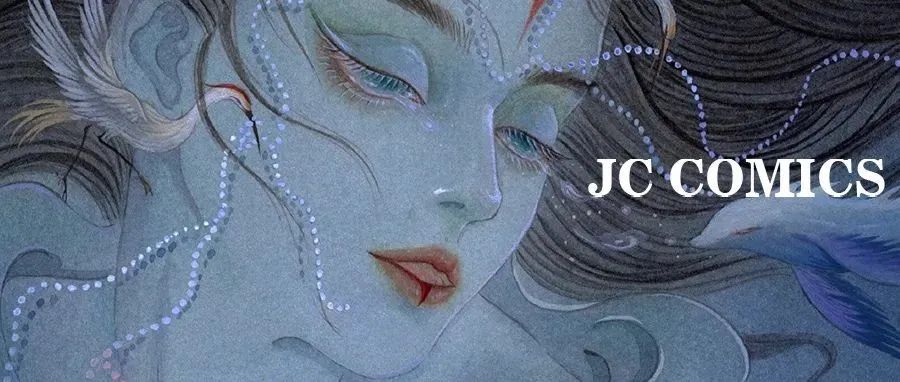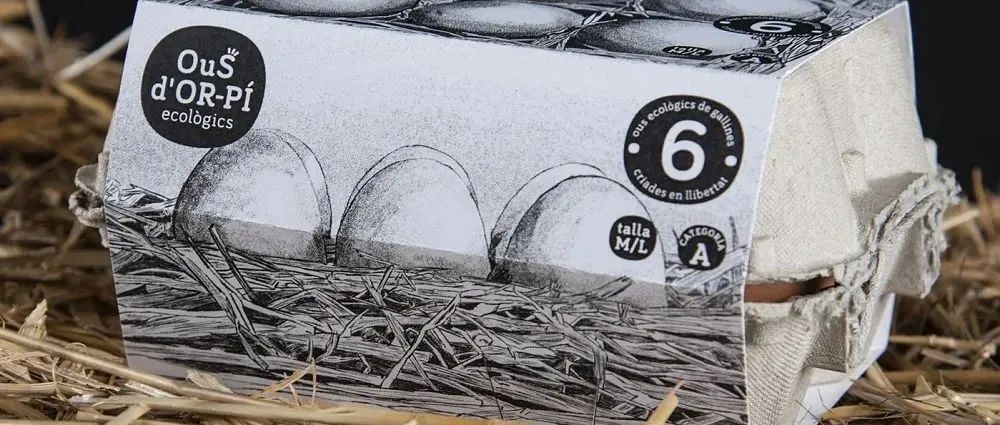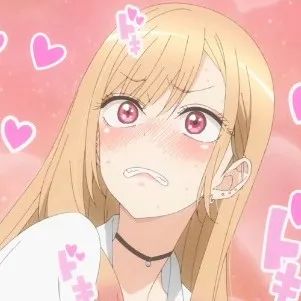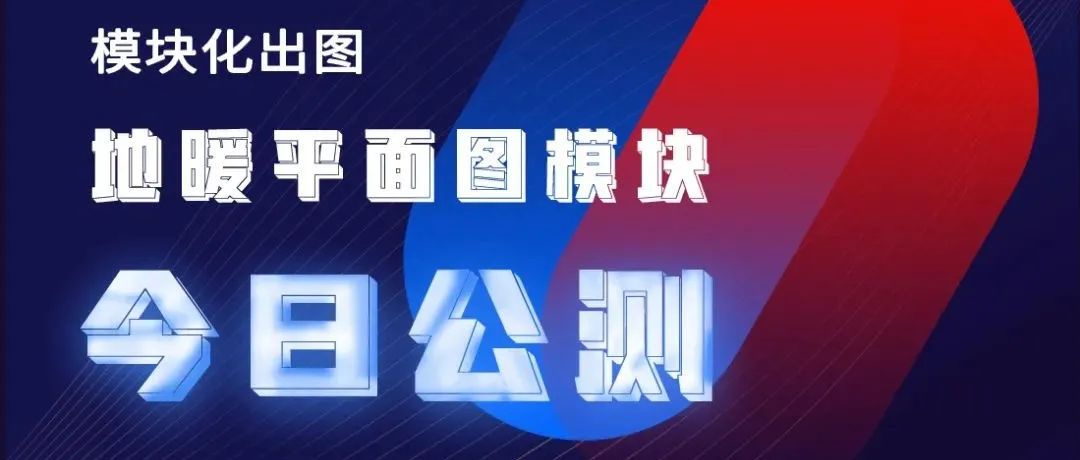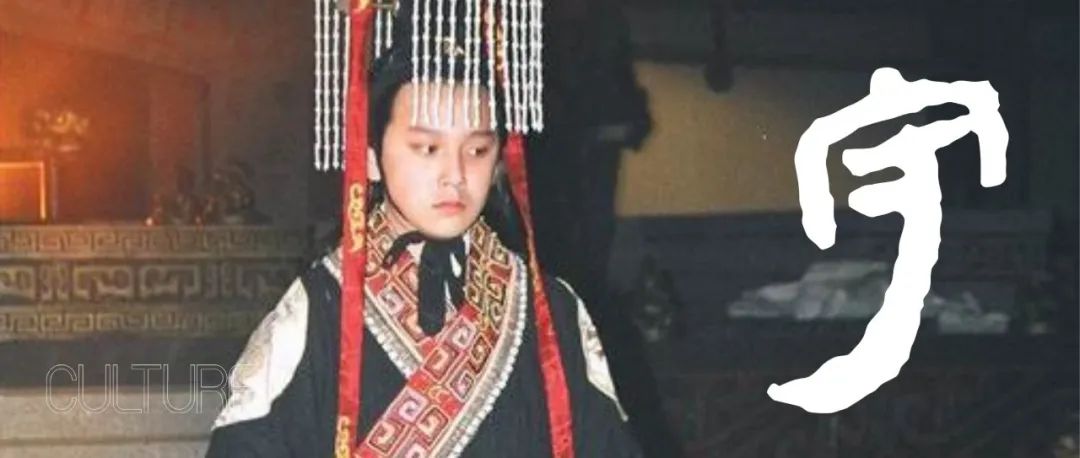shofukumaru
2020.04
for USUFUKU HONTEN
Interior and exterior design of the pelagic tuna longliner shofukumaru, operated by Usufuku Honten in Kesennuma City, a city in the Tohoku region. Its weight totals at 486tons, with a capacity for 15 crew members. To catch bigeye and bluefin tuna,the crew spends a month of hard labor at sea, where mental and physical stressis generally said to result in a turnover rate exceeding 50 percent among its younger crew. And so, the request was to design a fishing vessel that contributes to relieving the stress and attracts the young members.
东北地区气仙沼市的Usufuku Honten经营的远洋金枪鱼延绳钓船shofukumaru的内外设计。它的总重量为486吨,可容纳15名船员。为了钓到大眼和蓝鳍金枪鱼,船员们要在海上苦干一个月,据说那里的精神和身体压力会导致年轻船员的离职率超过50%。因此,我们的要求是设计一艘渔船,帮助缓解压力,吸引年轻的成员。
For the exterior design, the inherent beauty of the ship’s form was accentuated with a linear pattern emphasizing the hull’s curvature.Usufuku’s trademark, consisting of what is called a Chigai-yama (mountains),Hoshi (star), Ichi (one) was deconstructed, and reconstructed into a quintessentially Japanese graphic pattern. The pattern is repeated in various forms, including the onboard flooring, to unite the interior with the exterior.The interior is also designed with straight lines. The idea was conceived from the notion that our species, not originally accustomed to spending long periods of time at sea, might be comforted by linearity reminiscent of life ashore: the straight lines of buildings, windows, doors,and smart phone and TV screens. Striped joints and rectilinear openings were mainly employed while maintaining curved surfaces in necessary locations to ensure safety, and indirect lighting that provides a sense of serenity and security also falls in straight lines. Another issue recognized at this time was how to develop unevenness. As seen in hospital interiors, environments focused on functionality tend to be homogenous spaces, in which at times causes psychological stress for users. To avoid this, the above mentioned patterns,stripes, and materials were scattered at random and in moderation, to create spaces with different characters that the crew will not be bored with. The last accentuating element of the design was massiveness. This also was aimed to distract the state of constant floating by designing furniture with heft—thicker-than-average tabletops and stump-like stools seemingly rooted in the floor. With the three key words—straight lines, unevenness, and massiveness—the design focused on incorporating the sense of security on solid ground. Lastly, the vessel is fully equipped with a Wi-Fi system—the first on adomestic tuna fishing vessel—and an increased per-person occupancy area along with a higher ceiling than the conventional interior. Further, a design aimed at alleviating the crew’s physical and mental burdens was achieved by installing slopes to facilitate the smooth transition of tuna into the hold,among various other functional improvements.
在外观设计上,以强调船体曲率的线性模式强调了船形的内在美。Usufuku的商标,包括所谓的Chigai-yama(山),Hoshi(星),Ichi(一)被解构,并重建成一个典型的日本图形模式。该模式以各种形式重复,包括板载地板,以统一室内和室外。室内也用直线设计。这个想法来自于这样一个概念:我们的物种,最初不习惯在海上长时间的生活,可能会因为线性的联想而得到安慰:建筑物、窗户、门、智能手机和电视屏幕的直线。条纹接缝和直线开口主要被使用,同时在必要的位置保持曲面,以确保安全,间接照明提供了一种宁静和安全的感觉,也在直线下降。此时人们认识到的另一个问题是如何发展不均匀性。正如在医院内部看到的,注重功能的环境往往是同质空间,有时会给使用者带来心理压力。为了避免这种情况,上面提到的图案、条纹和材料被随意而适度地分散,以创造出船员们不会感到厌烦的具有不同特征的空间。设计的最后一个突出元素是体量。这也是为了分散不断漂浮的状态,设计的家具有比平均水平还厚的桌面和似乎扎根在地板上的矮凳。设计以直线、不均匀、体量三个关键词为核心,将安全感融入到坚实的地面上。最后,这艘船配备了完整的Wi-Fi系统——这是国内第一艘金枪鱼捕鱼船——它的人均占用面积增加了,而且比传统的内饰有更高的天花板。此外,为了减轻船员的身体和精神负担,设计了安装斜坡,以便金枪鱼顺利过渡到货舱,此外还进行了各种其他功能改进。
申明:
内容版权自Nendo官网
未经许可,严禁转载,谢谢合作
我的翻译仅作参考,如觉翻译不妥,请跟我联系,探讨后可做修改,谢谢
本文来自微信公众号“佐藤大Nendo设计”(ID:gh_ce2c42193789)。大作社经授权转载,该文观点仅代表作者本人,大作社平台仅提供信息存储空间服务。


